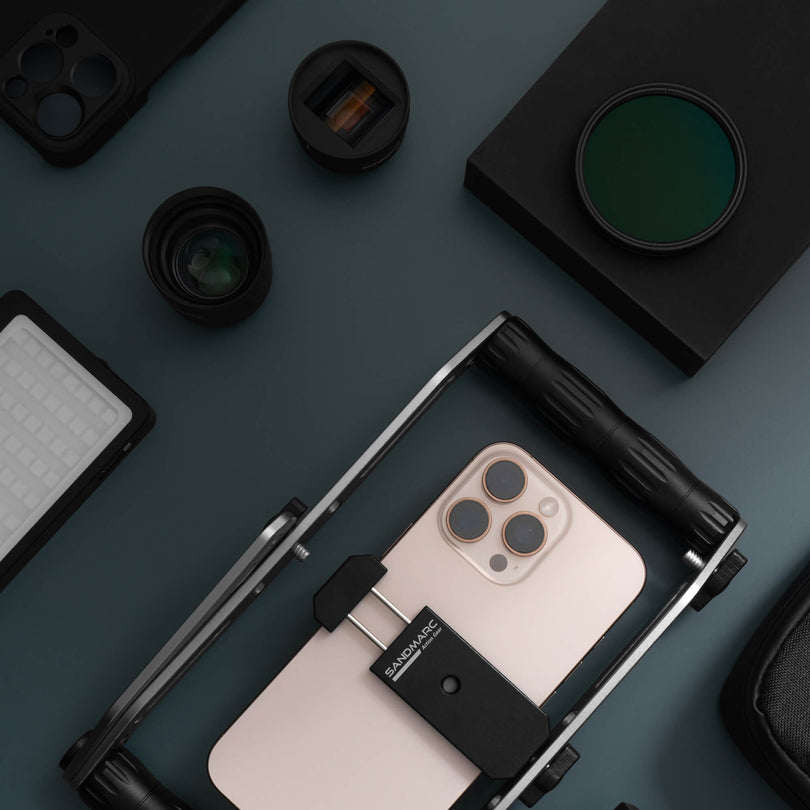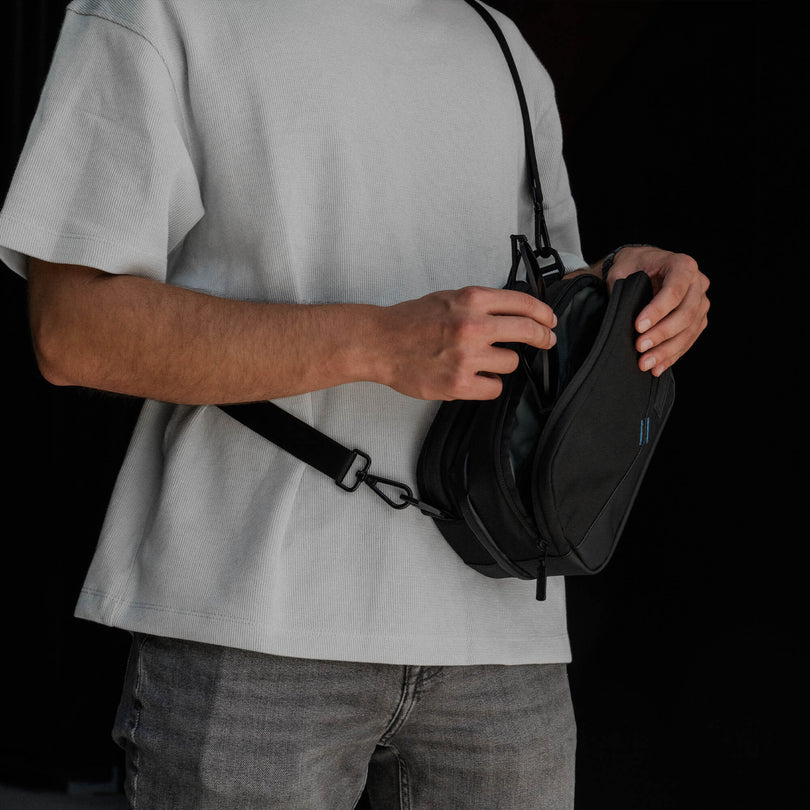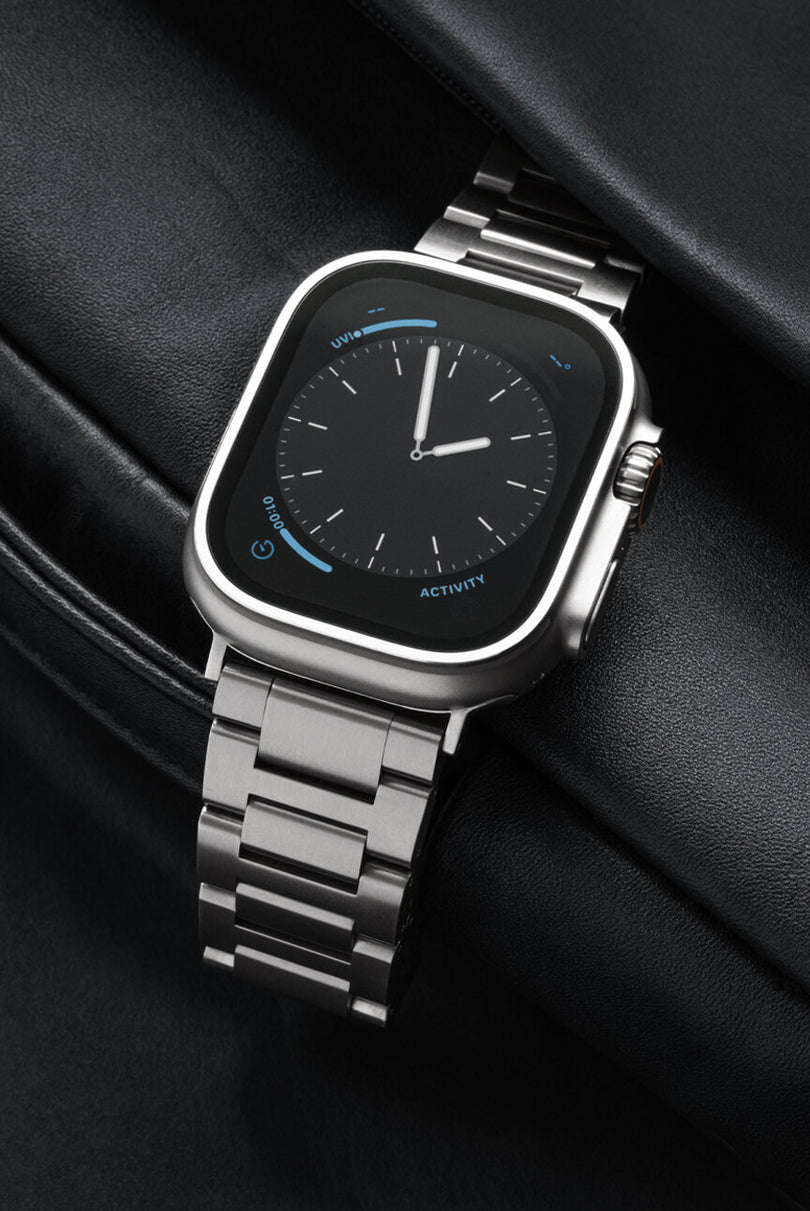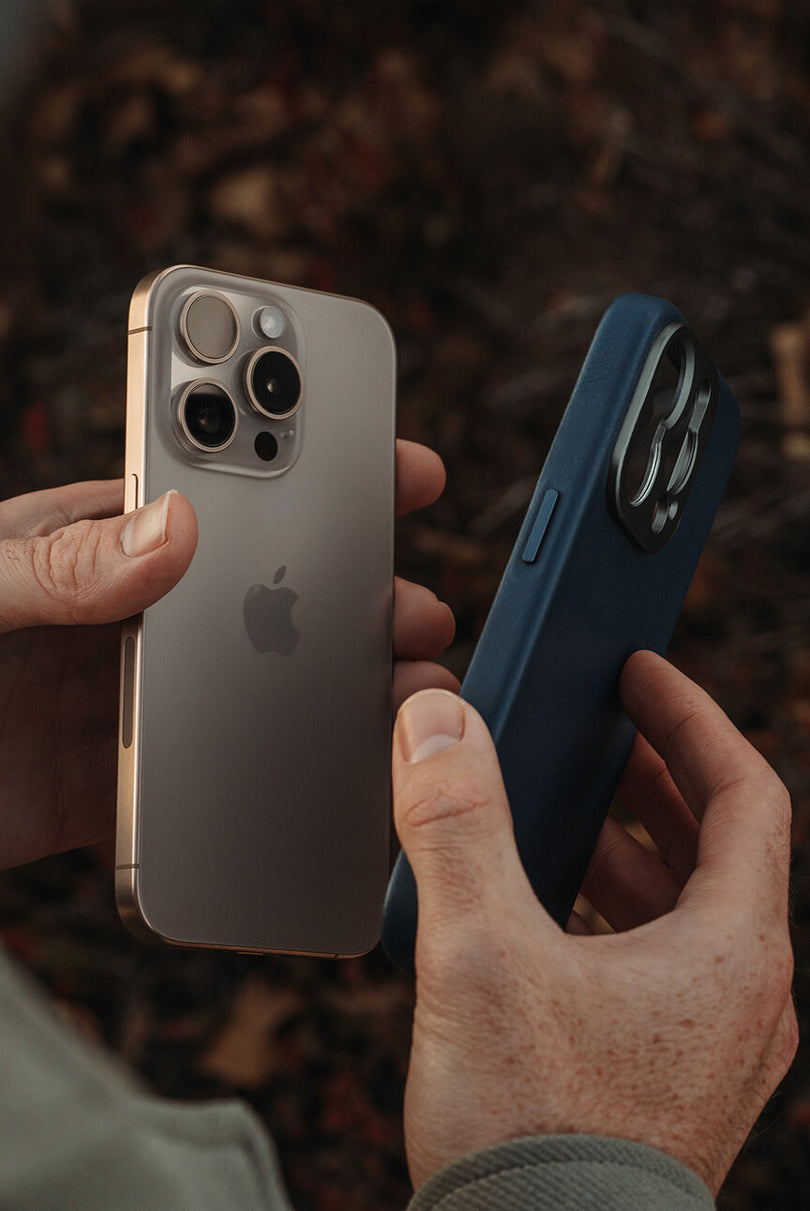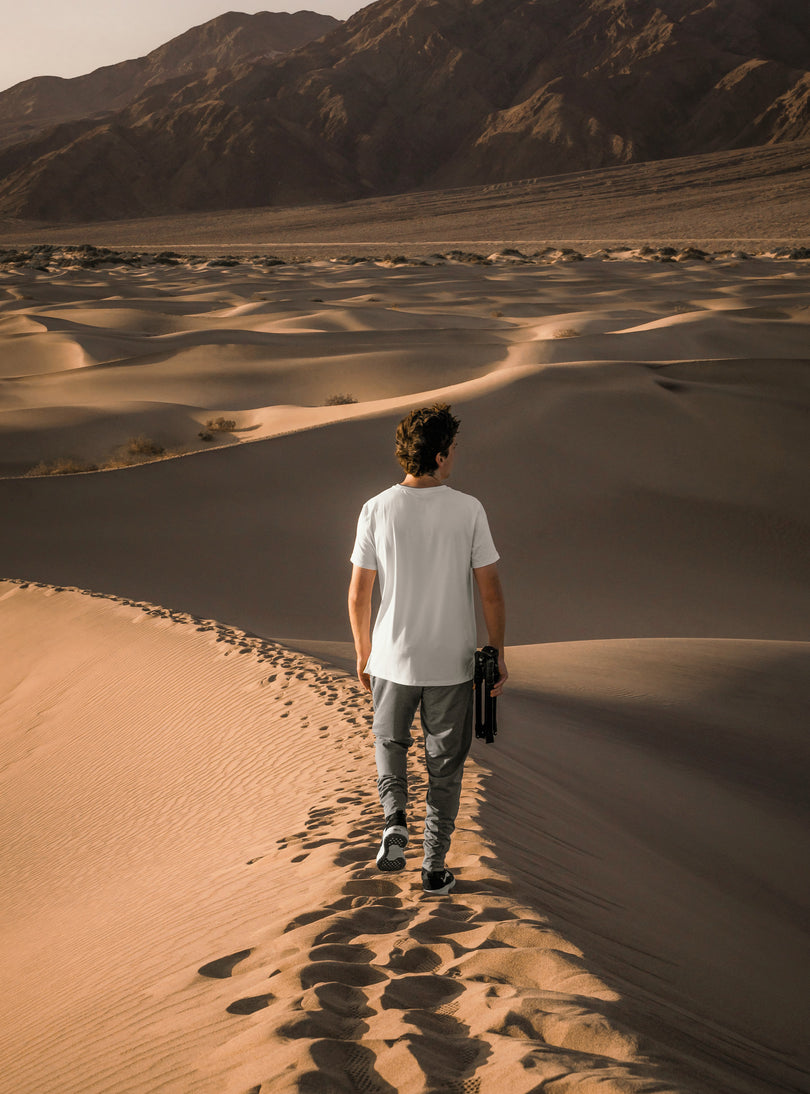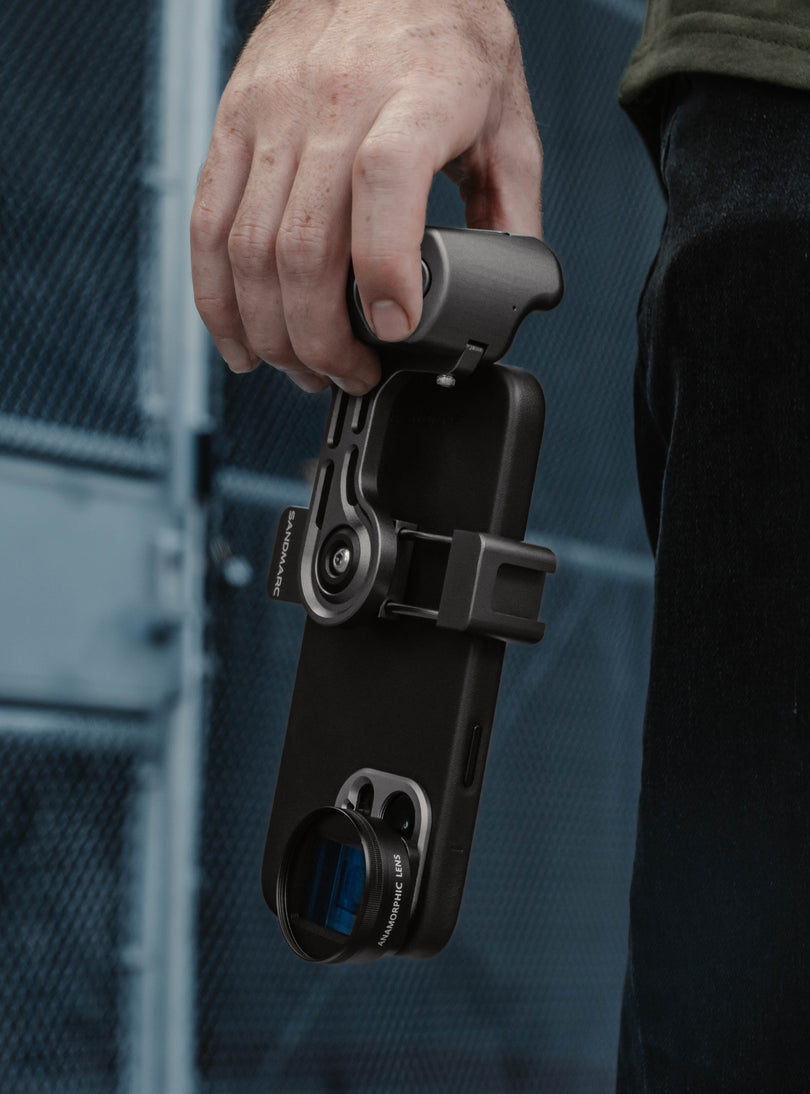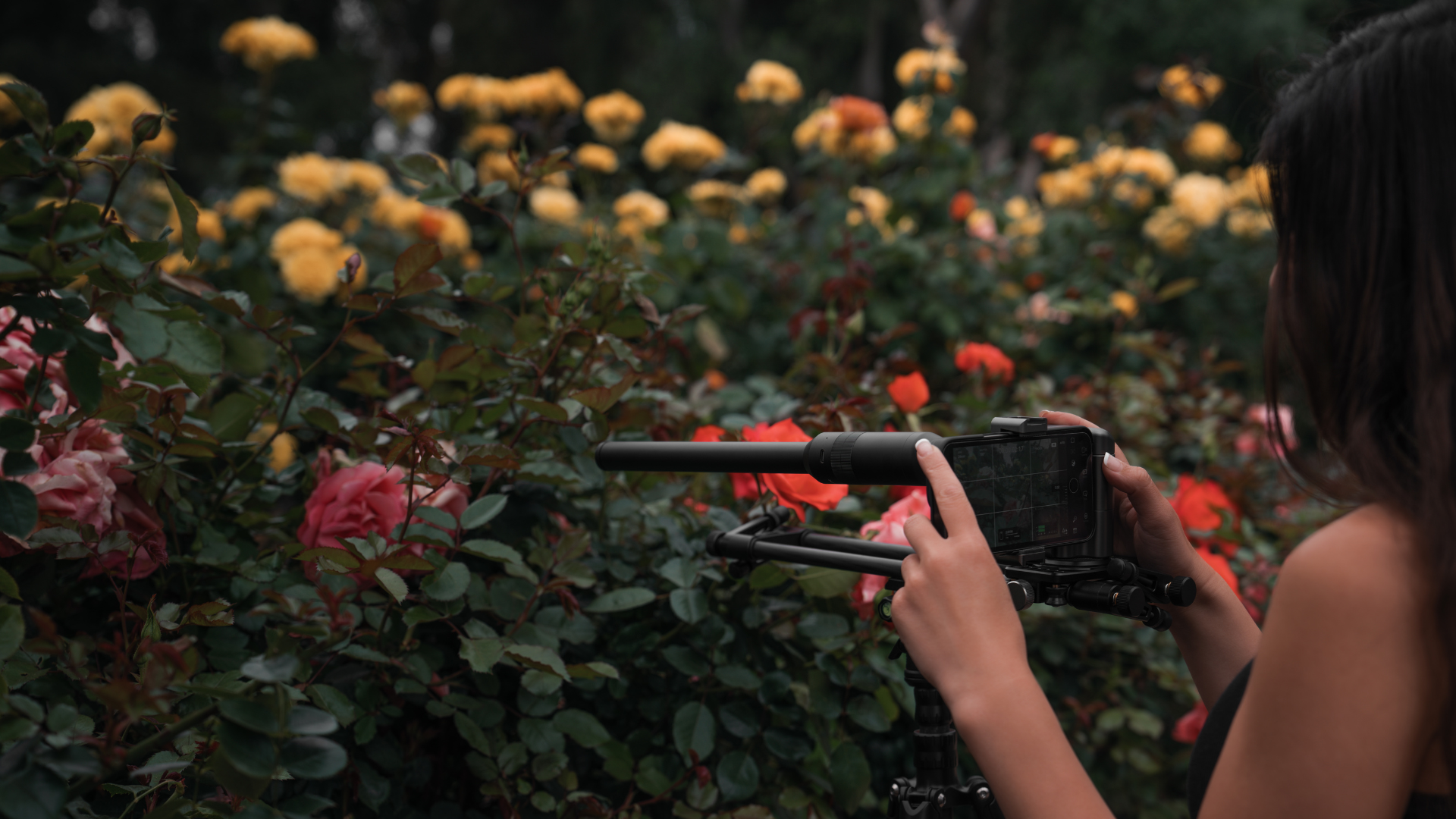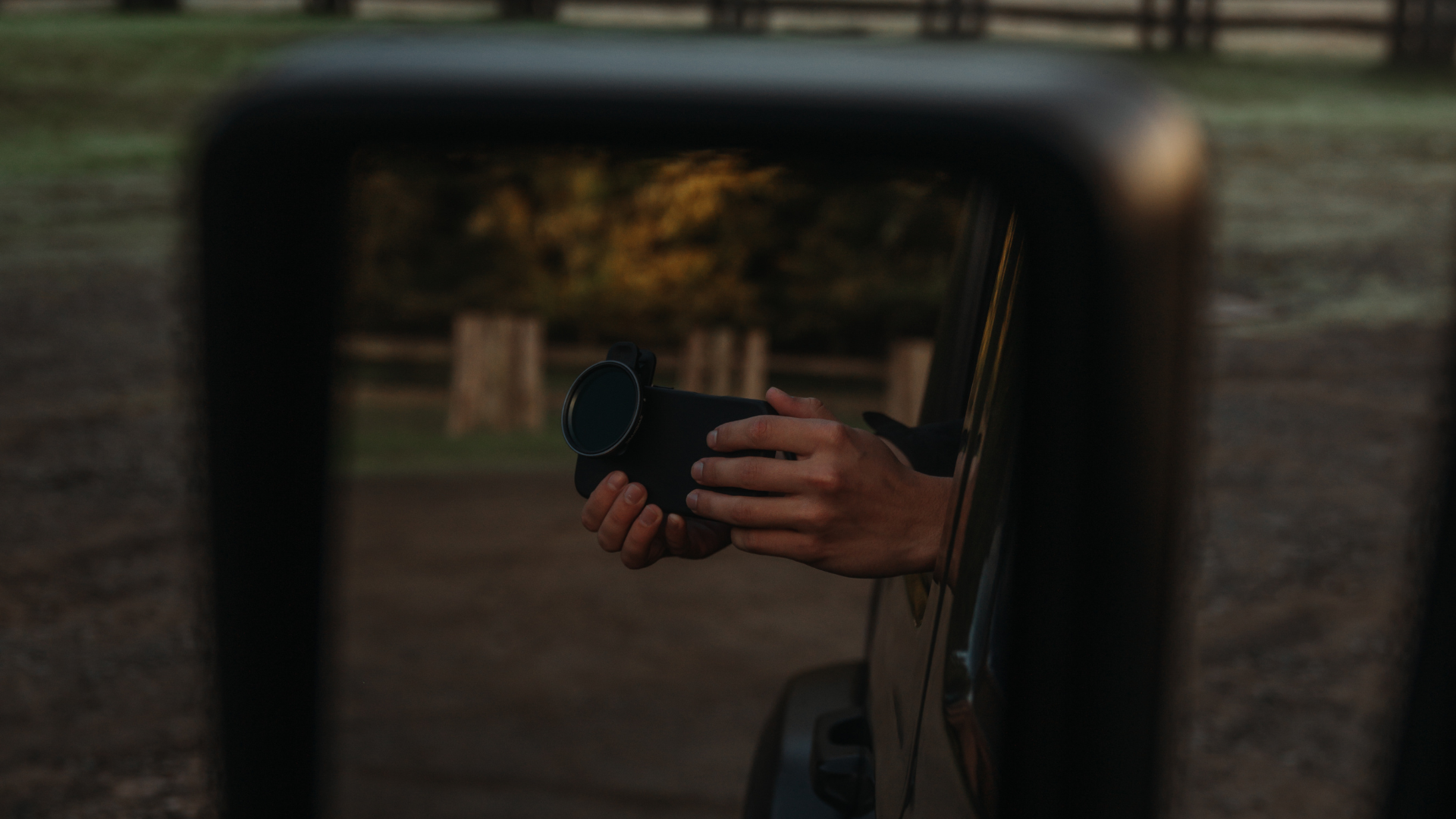Capturing Wes Anderson’s Unique Style with Your iPhone
Wes Anderson has directed an array of films that have won numerous awards. His style is unique and offers a stamp of authenticity in every scene. With the ‘Wes Anderson trend’ circulating on social media, we all recognize his distinctive film style. It has been dissected and analyzed by film buffs around the globe. This article dives into Wes Anderson's journey to becoming a renowned filmmaker and explores his distinctive, authentic style.
Wes Anderson’s Early Days
Wes Anderson grew up with a natural inclination toward storytelling. At St. John’s School, he was known for creating elaborate play productions based on well-known stories from film and TV. After his time at St. John’s, he attended the University of Texas, where he studied Philosophy. There, he met his long-time friend Owen Wilson, who happened to be in the same playwriting class. However, they became friends and roommates much later.
Wilson and Anderson eventually crafted their first movie together, Bottle Rocket. Initially constrained by budget limitations, it was made into a short film but later evolved into a comedy, romance, and crime movie, despite its original intent to be more serious. This short film caught the attention of a filmmaker named Kit Carson, who introduced it to another producer. They were then encouraged to submit their film to the Sundance Film Festival.
Building Momentum and Defining His Style
The film performed well at the Sundance Film Festival, which allowed them to secure a larger budget to develop Bottle Rocket into a full-length film in 1996 as originally intended. While Bottle Rocket didn’t achieve high box office success, it was highly praised by filmmakers and grew in popularity once released on video.
Following Bottle Rocket, they created Rushmore, which achieved similar acclaim. Wes Anderson began building momentum with his subsequent films, The Royal Tenenbaums in 2001 and The Life Aquatic in 2004. The Royal Tenenbaums is considered Anderson’s first film where his unique style became evident, and it is also his first film to receive an Oscar nomination for Best Original Screenplay.
Today Wes Anderson has directed 11 films, has been nominated for 15 Oscars and 20 BAFTAs. He won his first Academy Award in 2024 for the short film The Wonderful Story of Henry Sugar.
Wes Anderson’s top five movies when considering critical acclaim, and audience reception:
Wes Anderson’s top five movies when considering critical acclaim, and audience reception:
- The Grand Budapest Hotel (2014)
- The Royal Tenebaums (2009)
- Fantastic Mr. Fox (2009)
- Moonrise Kingdom (2012)
- Rushmore (1998)
A Look into Wes Anderson’s Filming Style
Watching a Wes Anderson film immerses you in a vibrant world of postmodernism, defined by unique set designs, symmetrical scenes, and striking visual aesthetics. To dive deeper into techniques, we will categorize his style into two categories: Visual Aesthetic and Filmmaking Techniques.
Visual Aesthetics of Wes Anderson
Anderson's visual aesthetics are notable through many different forms, but we will focus on his use of symmetry and vibrant colors. In most of his films, you will notice scenes with perfect symmetry in his framing, backgrounds, and shot types. He uses it to connect characters and create a natural flow between different scenes. The video below goes into elaborate detail, using scenes as examples of his symmetrical design.
Like his symmetrical filming techniques, Anderson’s vibrant colors are chosen with intent and purpose. He selects a specific color palette to work with, assigns colors to certain characters, and uses color to influence the mood in different scenes. In the video below, the narrator uses The Grand Budapest Hotel as an example of how Anderson incorporates color theory into his films.
Filmmaking Techniques of Wes Anderson
Anderson's visual aesthetics, combined with his filmmaking techniques, captivate critics and viewers alike. We'll focus on his use of panning, zooming, and overhead shots.
- Panning refers to the camera's horizontal movement, either to the left or right, and can also include vertical movement. A variation of this technique is the whip pan, where the camera moves quickly to the left or right, creating a motion blur effect. Anderson uses these effects during character conversations or to follow where the characters are looking off-screen or pointing.
- Zooming involves adjusting the camera's lens to bring the subject closer (zooming in) or farther away (zooming out) without moving the camera. Anderson uses zooming in to emphasize a specific character or action and zooming out to reveal the entire scene and a character's surroundings.
- An overhead shot, often referred to as an aerial shot, is used to capture a scene from directly above. For Wes Anderson, this technique is typically employed to create a unique flat-lay composition, showcasing objects or scenes with symmetry.
The video below showcases ten different visual techniques in Anderson's film, Moonrise Kingdom, including the three we discussed. Be sure to watch the video for examples of each.
Bonus Technique Deep Dive: Miniatures
Wes Anderson frequently uses miniatures—small-scale models that represent objects, people, or landscapes within a scene. This technique is often more budget-friendly, as it eliminates the need to construct full-sized sets. For example, the exterior of The Grand Budapest Hotel is a miniature.
Capturing miniatures to appear true to size can be challenging, requiring filmmakers to manipulate perception through carefully designed backgrounds and camera angles. The video below showcases visual examples of Wes Anderson's miniatures and delves into the techniques used to perfect them.
Capturing miniatures to appear true to size can be challenging, requiring filmmakers to manipulate perception through carefully designed backgrounds and camera angles. The video below showcases visual examples of Wes Anderson's miniatures and delves into the techniques used to perfect them.
Make a Wes Anderson-Style Short Film on Your iPhone
How can you achieve a Wes Anderson film look with your iPhone? We’ll guide you through the gear you need to replicate his filming techniques and aesthetics. This can be a fun, creative challenge to step outside your comfort zone and experiment with new techniques.
For Capturing Miniatures
The Probe Lens and Macro Lens are the perfect lenses for capturing miniatures. The Probe Lens offers a bug’s-eye view by allowing you to maneuver through narrow spaces, while the Macro Lens provides a 30x macro zoom for capturing intricate details.
For Capturing Vibrant Colors
The Drama Filter and Retro filter are perfect for creating unique color palettes similar to Wes Anderson's. The Drama Filter provides a touch of vibrance to any shade, while the Retro Filter creates a soft and dreamy glow.
For Zooming and Panning
We recommend the Telephoto Lens, Cinema Slider, and Tripod. When paired together, these three tools provide a unique optical 2x zoom frame with smooth, steady motion.
For Symmetry and Overhead Shots
We recommend the Wide Lens for capturing these shots, ensuring every detail is included in the frame.
Wes Anderson is a remarkable director to learn from. His unique filmmaking techniques are what set him a part and should be an encouragement to test your own limits when it comes to film. Testing out his techniques on your iPhone is a great place to start your journey!
Author's Bio
SANDMARC offers photography gear for mobile creators, including top-tier lenses, filters, and accessories that elevate iPhone photography. Trusted worldwide, our products help users capture stunning visuals in any setting. Our blog provides tips, guides, and inspiration to enhance your creative journey, with advice and industry updates from our passionate team.

